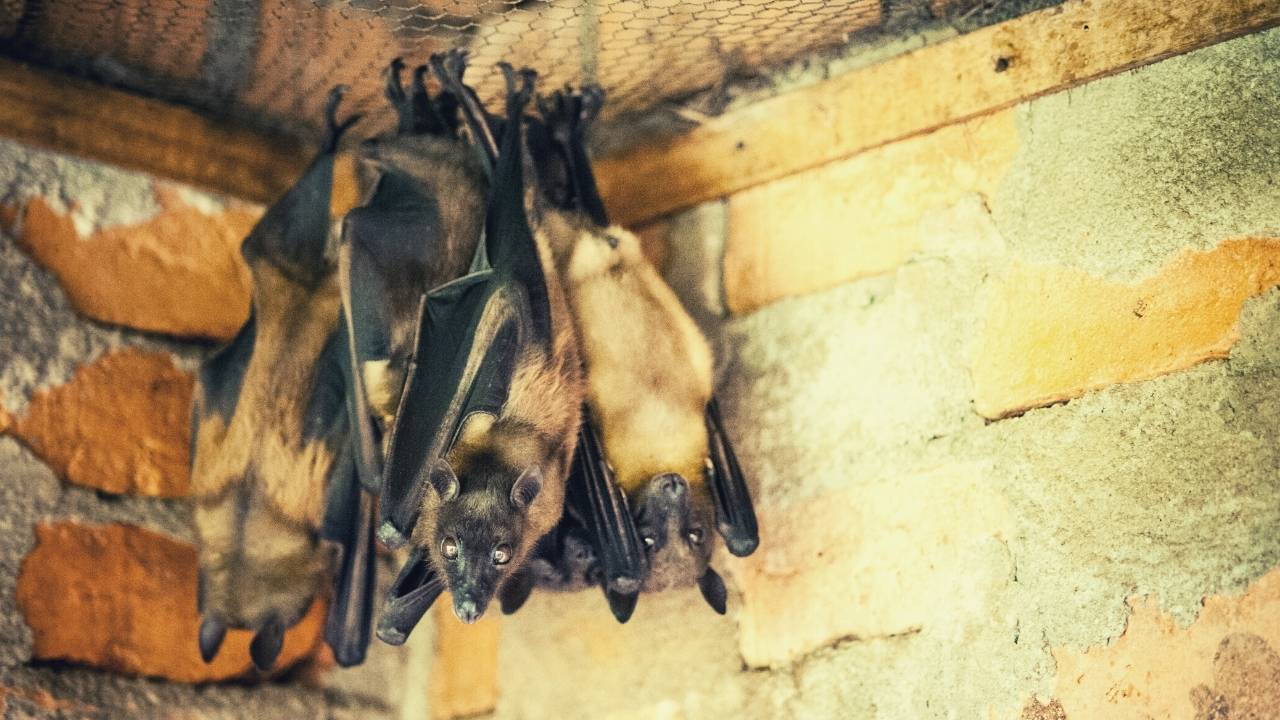

Articles
How To Get Bats Out Of A Chimney
Modified: September 2, 2024
Learn effective methods and techniques in our informative articles on how to safely and efficiently remove bats from your chimney.
(Many of the links in this article redirect to a specific reviewed product. Your purchase of these products through affiliate links helps to generate commission for Storables.com, at no extra cost. Learn more)
Introduction
Having bats in your chimney can be a nuisance and potentially dangerous. Not only do they create noise and mess, but they can also carry diseases such as rabies. If you find yourself dealing with bats in your chimney, it’s important to take action and safely remove them. In this article, we will discuss effective methods to get bats out of a chimney and prevent them from returning.
Before we dive into the solutions, it’s crucial to understand a few key points about bats. Bats are nocturnal creatures that are protected by law in many regions due to their role in controlling insect populations. They are highly beneficial for the ecosystem, but when they invade human habitats, problems can arise.
When bats roost in chimneys, they can cause a significant disturbance. The noise they create can be disruptive, especially during the night when you are trying to sleep. In addition, their droppings, known as guano, can accumulate and cause a foul odor. Bats can also transmit diseases through their droppings and bites, posing a risk to the health and safety of you and your family.
To effectively remove bats from your chimney, you need to assess the situation, block entry points, and then employ various methods to encourage them to leave. It’s important to note that bats, like most wildlife, are protected, and it is illegal to harm or kill them. Therefore, it’s crucial to choose humane methods that will ensure the bats’ safety while addressing the problem.
In the following sections, we will explore different strategies to safely remove bats from your chimney and prevent them from returning. Remember that patience is key when dealing with bats, as it may take some time for them to relocate.
Key Takeaways:
- Safely and effectively remove bats from your chimney by assessing the situation, blocking entry points, and using humane methods such as bat valves, one-way doors, and exclusion tubes. Seek professional help for complex infestations.
- Coexist with bats while addressing infestations by following proper removal methods, considering the bats’ protection, and adhering to local laws. Restore peace and safety to your home while respecting the valuable role bats play in our natural environment.
Read more: How To Get A Bat Out Of The Basement
Assessing the Situation
Before taking any action to remove bats from your chimney, it’s important to assess the situation. Start by observing the bats’ behavior and determining the extent of the infestation. This will help you choose the most appropriate method for removal.
First, identify the entry and exit points. Bats tend to enter chimneys through gaps or cracks in the chimney cap, loose flashing, or damaged chimney bricks. Look for signs such as bat droppings, known as guano, near the chimney or on the ground. You may also notice smudges or stains on the chimney that indicate bat activity.
Next, determine the number of bats in your chimney. This can be tricky, as bats are nocturnal and tend to leave the roost at dusk to feed. However, you may be able to estimate the size of the colony by observing the bats as they exit the chimney. If you see hundreds of bats exiting, it’s likely a larger colony compared to just a few bats.
Moreover, it’s essential to consider the timing. Bats are protected during the maternity season when they give birth and raise their young. It’s important to avoid disturbing a maternity colony, as it can lead to the abandonment of the young, which results in their death. The maternity season typically runs from April to August, depending on the region. If you suspect a maternity colony, it’s best to wait until the young bats are able to fly before attempting any removal methods.
Lastly, assess the accessibility of the chimney. If it’s easily accessible, you may be able to tackle the problem yourself using the appropriate methods. However, if the chimney is tall or located in a precarious position, it’s advisable to seek professional help.
By thoroughly assessing the situation, you will have a better understanding of the bat colony in your chimney, allowing you to choose the most suitable removal method while ensuring the bats’ well-being.
Blocking Entry Points
Once you have assessed the situation and identified the entry points, the next step is to block them to prevent bats from re-entering your chimney. This is an important step in ensuring a successful removal and preventing future infestations.
Start by inspecting the chimney cap. Ensure that it is in good condition and securely attached, with no gaps or holes. If there are any issues with the cap, repair or replace it as needed. The chimney cap acts as a barrier, preventing bats and other wildlife from entering your chimney.
Next, inspect the flashing around your chimney. Flashing is a metal or waterproof material used to seal the area where the chimney meets the roof. Check for any loose or damaged flashing and repair or replace it. Bats can squeeze through even small gaps, so it’s important to ensure a tight seal.
Inspect the chimney bricks for any cracks or gaps. If you find any, use a silicone-based caulk or mortar to seal them. Pay close attention to the area where the chimney meets the house, as this is a common entry point for bats.
Additionally, trim any nearby tree branches or vegetation that may provide easy access for bats to reach your chimney. By removing these potential pathways, you can make it more difficult for bats to enter your chimney.
When blocking entry points, it’s important to consider that bats can fit through incredibly small openings. Therefore, be diligent in identifying and sealing any potential gaps. Keep in mind that bats are protected by law, so it’s important to ensure that your methods are non-lethal and do not harm the bats.
Blocking entry points is an essential step in the bat removal process. By preventing bats from re-entering your chimney, you can minimize the chances of a re-infestation and resolve the issue effectively.
Installing a Bat Valve
Installing a bat valve, also known as a one-way exit, is an effective and humane method to encourage bats to leave your chimney while preventing their re-entry. A bat valve allows bats to exit the chimney but does not allow them to return.
To install a bat valve, locate the main entry and exit point of the bats in your chimney. It’s crucial to ensure that you have identified the primary exit, as blocking this exit can trap the bats inside your chimney, causing them distress and potentially harming them.
Purchase a bat valve, which is a specialized device designed to create a one-way exit for bats. These valves typically consist of a mesh or netting material that allows bats to crawl out but closes behind them, preventing their return.
Carefully attach the bat valve over the exit point, ensuring that it is securely fastened but not blocking the entrance. The valve should be angled downward to allow easy access for the bats to crawl out. It’s important to follow the instructions provided with the bat valve to ensure proper installation.
Leave the bat valve in place for several nights to allow the bats to exit your chimney. Bats are nocturnal and will typically leave to feed at dusk. It may take a few nights for all the bats to leave your chimney, so it’s important to be patient throughout the process.
Once you are confident that the bats have left, inspect the valve to ensure that it is functioning correctly and that there are no bats trapped inside. If you no longer observe bat activity and the valve is clear, you can remove it and proceed with blocking the entry points to prevent future re-entry.
The use of a bat valve is considered a humane method to remove bats from your chimney. It allows them to leave your property while ensuring they cannot return. However, it’s crucial to remember that bats are protected by law, so it’s important to confirm that you are not dealing with a maternity colony before installing the valve.
Installing a bat valve is an effective and safe method to encourage bats to leave your chimney without harming them. Follow the proper installation steps and be patient throughout the process to ensure successful bat removal.
Placing a One-Way Door
Another effective method to safely remove bats from your chimney is by using a one-way door. This device allows bats to exit your chimney but prevents them from re-entering.
To use a one-way door, first, identify the main entry and exit points that the bats are using to access your chimney. It’s crucial to identify the primary exit so that you can install the one-way door correctly without trapping the bats inside.
Purchase a one-way door specifically designed for bat removal. These devices typically consist of a flap or door that allows bats to push it open and exit, but it closes behind them, preventing their return.
When installing the one-way door, make sure it is securely positioned over the exit point, allowing the bats to easily push it open and exit. Ensure that the door is aligned properly and doesn’t block the entrance. The design of the one-way door is critical, so be sure to follow the manufacturer’s instructions for effective installation.
Leave the one-way door in place for several nights to allow the bats to exit your chimney. Bats are nocturnal and tend to leave their roost to feed at dusk. It may take a few nights for all the bats to leave, as they may have different exit routines or some may be more hesitant to use the door. Make sure to remove any obstacles or distractions around the one-way door to encourage bats to exit through it.
Once you are confident that the bats have left your chimney, inspect the one-way door to ensure that it is functioning correctly and that no bats are trapped inside. If no bat activity is observed, it’s safe to remove the one-way door and proceed with blocking the entry points to prevent future re-entry.
Using a one-way door is a humane method to remove bats from your chimney, allowing them to leave but not re-enter. It’s important to note that bats are protected by law, so be sure to confirm that you are not dealing with a maternity colony before installing the one-way door.
Placing a one-way door is an effective and safe method to encourage bats to leave your chimney without causing them harm. Follow the proper installation steps, exercise patience throughout the process, and ensure that the one-way door is functioning correctly for successful bat removal.
To get bats out of a chimney, wait until nightfall when they are out feeding, then install a one-way exclusion device over the opening so they can leave but not re-enter. Check for and seal any other potential entry points.
Read more: How To Get Creosote Out Of The Chimney
Using Exclusion Tubes
Another method you can utilize to remove bats from your chimney is by using exclusion tubes. Exclusion tubes are devices that allow bats to exit your chimney but prevent them from re-entering.
To use exclusion tubes, start by identifying the main entry and exit points that bats are using to access your chimney. It’s crucial to correctly determine the primary exit so that you can install the exclusion tubes effectively.
Purchase exclusion tubes specifically designed for bat removal. These tubes are typically made of durable plastic and have a one-way design that allows bats to crawl out, but not back in.
Install the exclusion tubes over the exit points, ensuring that they are securely attached and properly aligned. The tubes should be large enough for bats to pass through easily, but small enough to prevent their re-entry. Make sure the tubes are angled downward to facilitate the bats’ exit.
Leave the exclusion tubes in place for several nights to allow the bats to leave your chimney. Bats are nocturnal creatures and typically leave their roosts at dusk to feed. It may take a few nights for all the bats to exit, so be patient throughout the process.
After you’re certain that the bats have left your chimney, carefully inspect the exclusion tubes to ensure that they are functioning correctly and no bats are trapped inside. If there is no bat activity and the tubes are clear, you can remove them and proceed with blocking the entry points to prevent future re-entry.
Using exclusion tubes is a humane method to remove bats from your chimney while ensuring they cannot return. Keep in mind that bats are protected by law, so it’s important to confirm that you are not dealing with a maternity colony before installing the exclusion tubes.
Utilizing exclusion tubes provides an effective and safe way to encourage bats to leave your chimney without causing harm to them. Follow the proper installation procedures, maintain patience throughout the process, and ensure that the exclusion tubes are properly functioning for successful bat removal.
Creating Bright Lights or Noise
Creating bright lights or noise can be an effective method to encourage bats to vacate your chimney. Bats are sensitive to light and sound, and these deterrents can disrupt their roosting patterns and compel them to seek alternative shelter.
Start by installing bright lights near the entrance and exit points of your chimney. Position them in a way that illuminates the area where the bats are roosting. Bats are nocturnal creatures and are naturally drawn to dark, quiet places. By introducing bright lights, you create an environment that is less desirable for them. Leave the lights on during the night when the bats are most active.
In addition to lights, you can employ noise deterrents to encourage the bats to leave. Use devices that emit high-frequency sounds specifically designed to repel bats. These sounds are outside the range of human hearing but are effective in deterring bats. Place the noise deterrent near the chimney, close to the bats’ entry and exit points.
Another option is to create mechanical noise in the vicinity of the chimney. This can be done by placing a fan or a radio near the chimney. The constant noise and vibrations can disrupt the bats’ roosting habits and encourage them to seek quieter environments.
It’s important to note that using bright lights or noise deterrents alone may not be sufficient to completely remove bats from your chimney. These methods are more effective when used in conjunction with other removal techniques, such as bat valves or exclusion tubes. Additionally, it’s crucial to confirm that you are not interfering with a maternity colony before implementing these deterrents.
Creating bright lights or noise around the chimney can disrupt the bats’ roosting patterns and encourage them to relocate. Make sure to use these methods responsibly and consider the well-being of the bats throughout the process.
Seeking Professional Help
If you are facing a persistent or complex bat infestation in your chimney, it may be best to seek professional help. Professional wildlife control experts have the knowledge, experience, and tools necessary to safely and effectively remove bats from your chimney.
When choosing a professional service, look for a reputable wildlife control company that specializes in humane bat removal. Ensure that they are licensed, insured, and knowledgeable about local regulations regarding the handling and removal of bats.
Professional help can be particularly beneficial when dealing with a large colony of bats or a maternity colony. Maternity colonies should be avoided during the maternity season to prevent harm to the young bats. A professional will be able to determine the best course of action and the right time to address the infestation.
Wildlife control experts will conduct a thorough inspection of your chimney to assess the situation and identify entry points. They will then develop a customized removal plan tailored to your specific needs. This may involve utilizing exclusion devices, installing one-way doors, or employing other bat removal techniques to safely and effectively remove the bats from your chimney.
In addition to the removal process, professionals can offer guidance on preventing future infestations. They can identify potential entry points, recommend chimney caps or screens, and provide advice on maintaining a bat-free chimney.
It’s essential to remember that bats are protected by law in many regions, and it is illegal to harm or kill them. Professionals are trained in wildlife conservation and will take the necessary precautions to ensure the bats’ safety while addressing the infestation.
Seeking professional help not only saves you time and effort but also ensures that the bat removal process is conducted in a safe and humane manner. By enlisting the expertise of wildlife control professionals, you can effectively resolve the bat infestation in your chimney and minimize the chances of reoccurrence.
Conclusion
Dealing with bats in your chimney can be a challenging situation, but with the right approach, you can safely and effectively remove them while ensuring their well-being. Throughout this article, we have explored various methods to get bats out of a chimney and prevent their return.
We began by emphasizing the importance of assessing the situation, understanding bat behavior, and identifying entry points. This initial step allows you to plan and choose the most appropriate removal method.
Methods such as blocking entry points, installing bat valves, placing one-way doors, using exclusion tubes, and creating bright lights or noise can all be effective in encouraging bats to leave your chimney. It’s crucial to follow proper installation instructions, consider the timing of the removal, and ensure that you are not interfering with maternity colonies.
In some cases, seeking professional help may be the best approach. Wildlife control experts have the necessary expertise and tools to safely remove bats from your chimney, especially in complex or large infestations.
Remember, bats play an important role in our ecosystem as natural pest controllers, so it’s important to handle their removal in a humane and responsible manner. It is illegal to harm or kill bats in many regions, and it’s our responsibility to coexist with these fascinating creatures while addressing bat infestations.
In conclusion, by carefully assessing the situation, blocking entry points, using appropriate removal methods, and seeking professional help when needed, you can successfully remove bats from your chimney and prevent them from returning. Ensure that your methods are humane, considerate of the bats’ protection, and adhere to local laws and regulations.
By taking action to resolve the bat infestation in your chimney, you can restore peace and safety to your home while respecting the valuable role that bats play in our natural environment.
Frequently Asked Questions about How To Get Bats Out Of A Chimney
Was this page helpful?
At Storables.com, we guarantee accurate and reliable information. Our content, validated by Expert Board Contributors, is crafted following stringent Editorial Policies. We're committed to providing you with well-researched, expert-backed insights for all your informational needs.
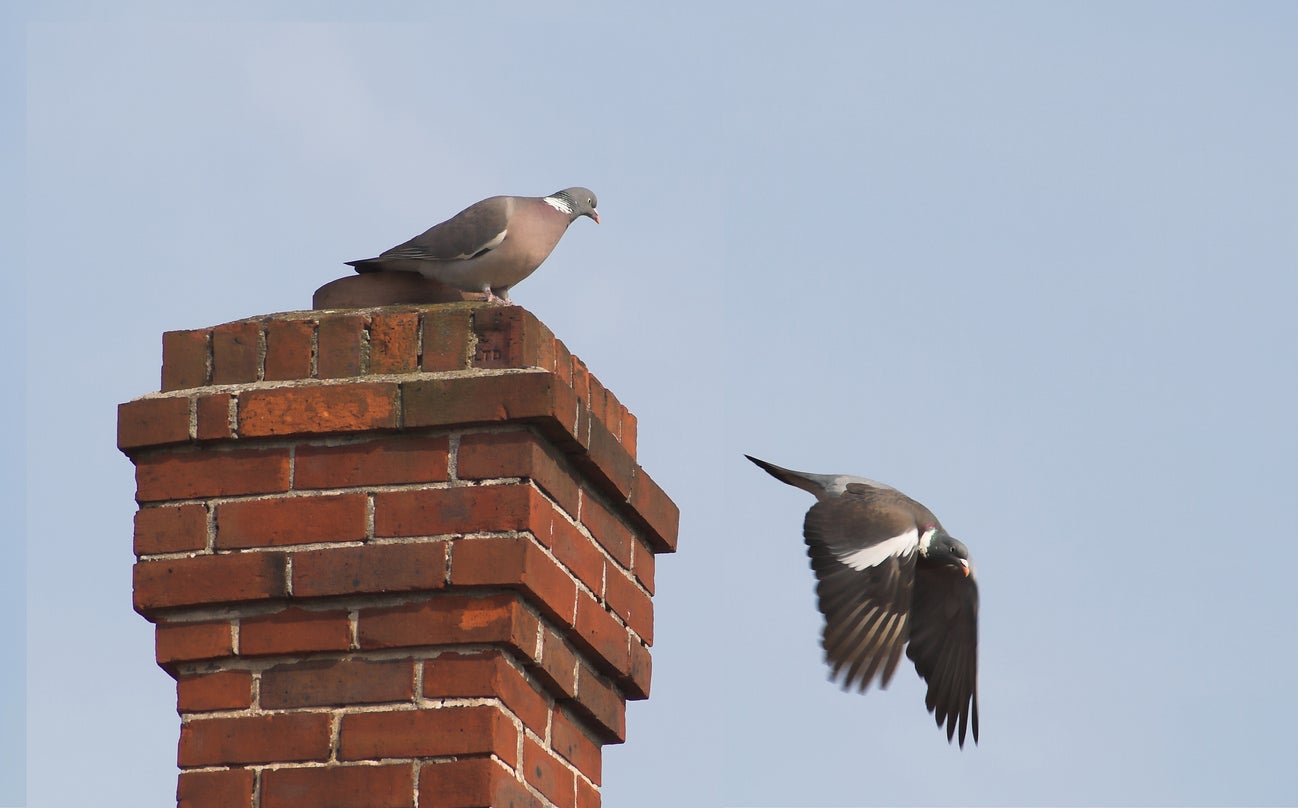
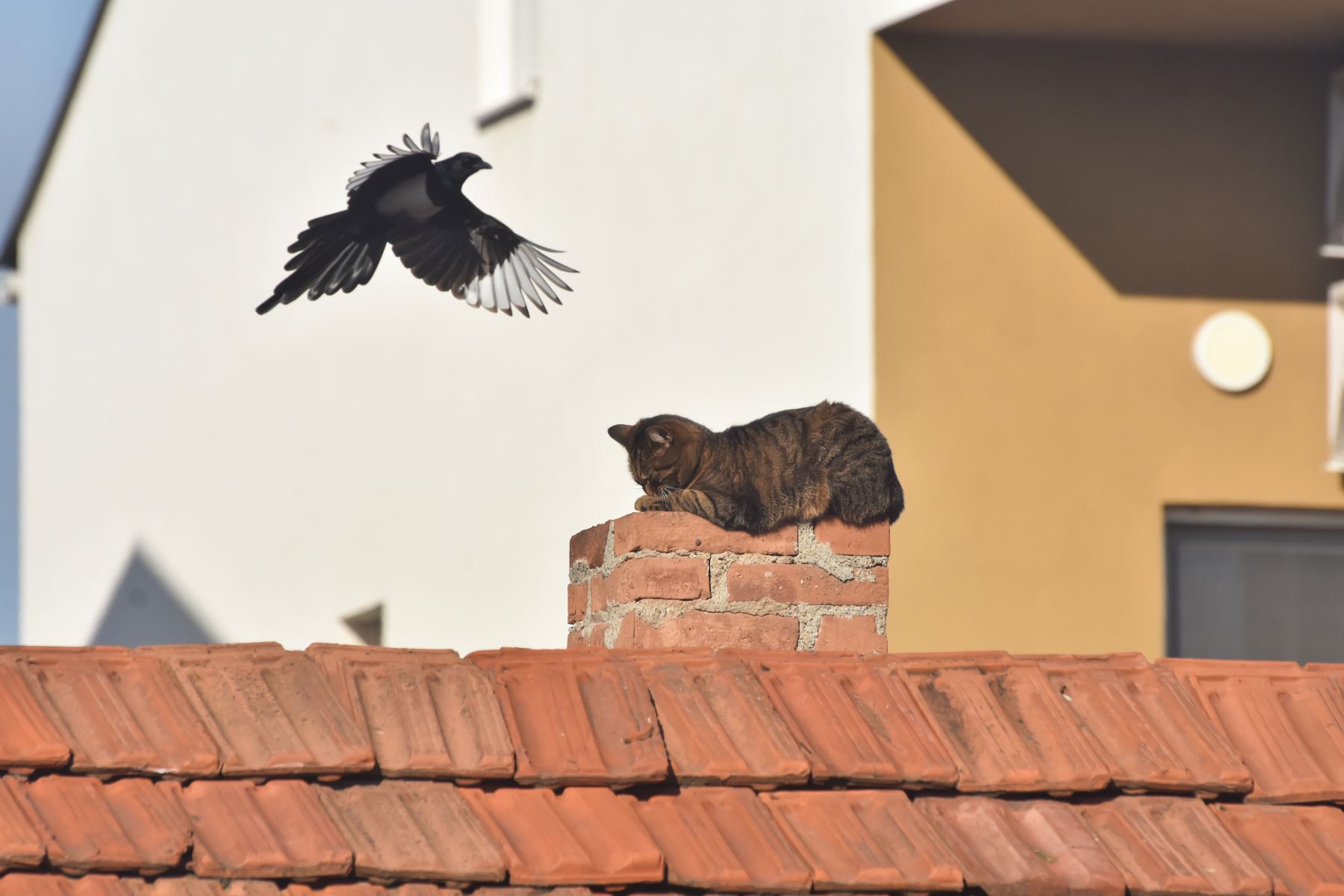
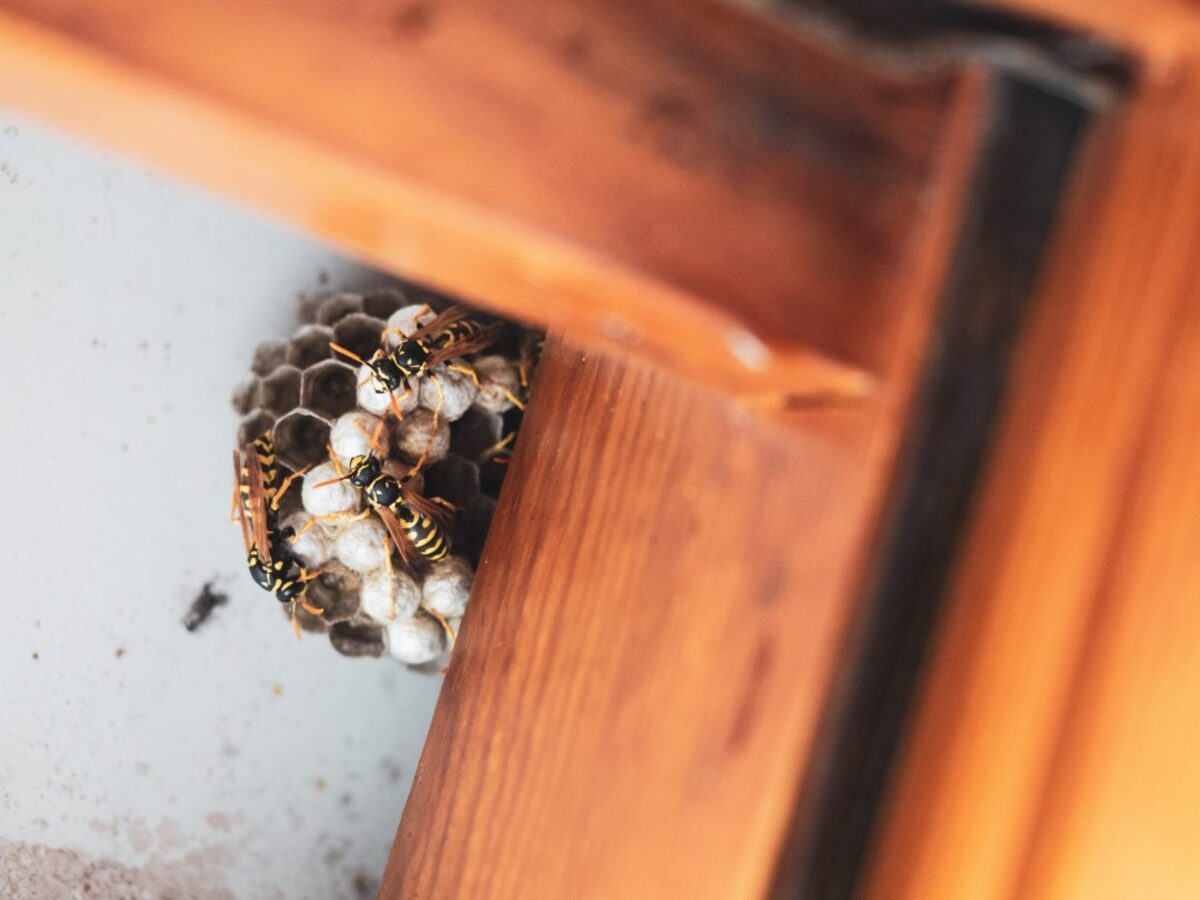
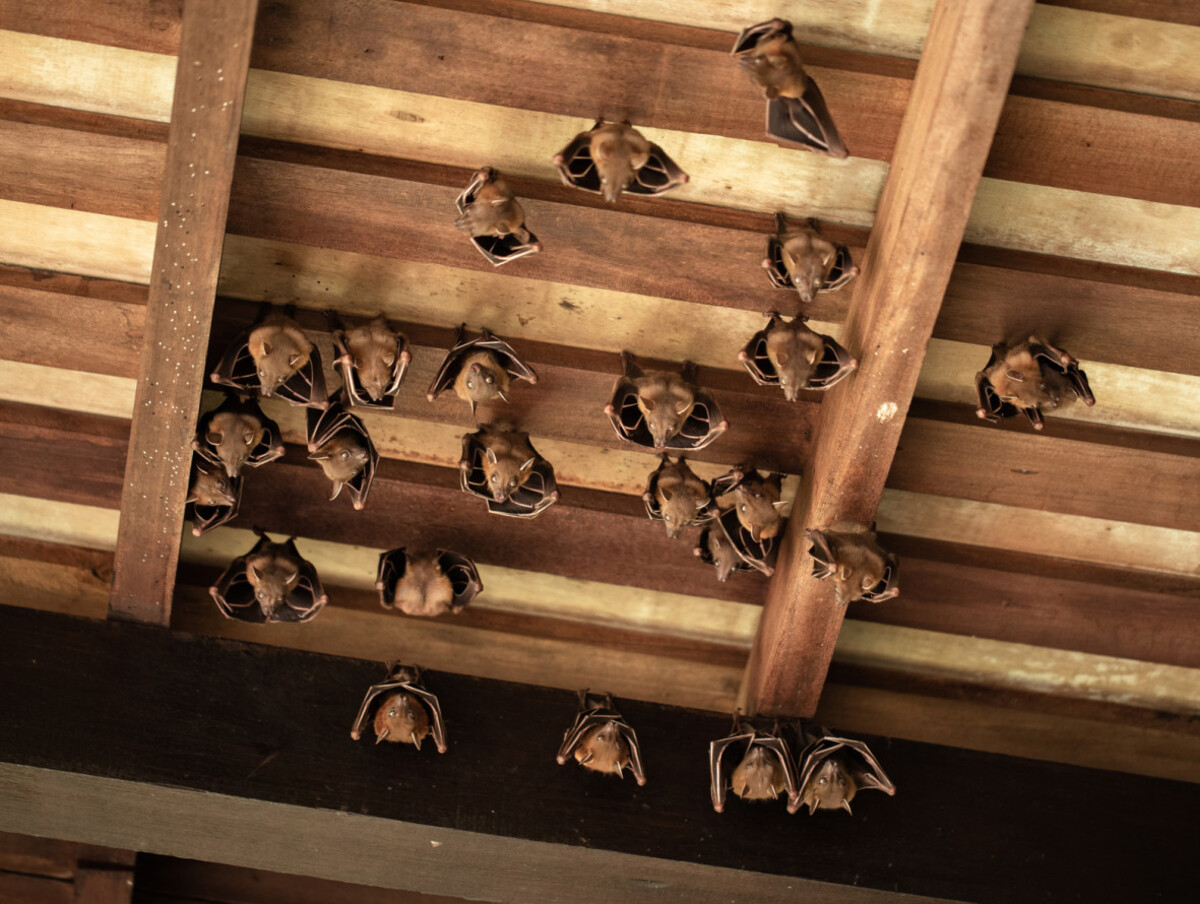

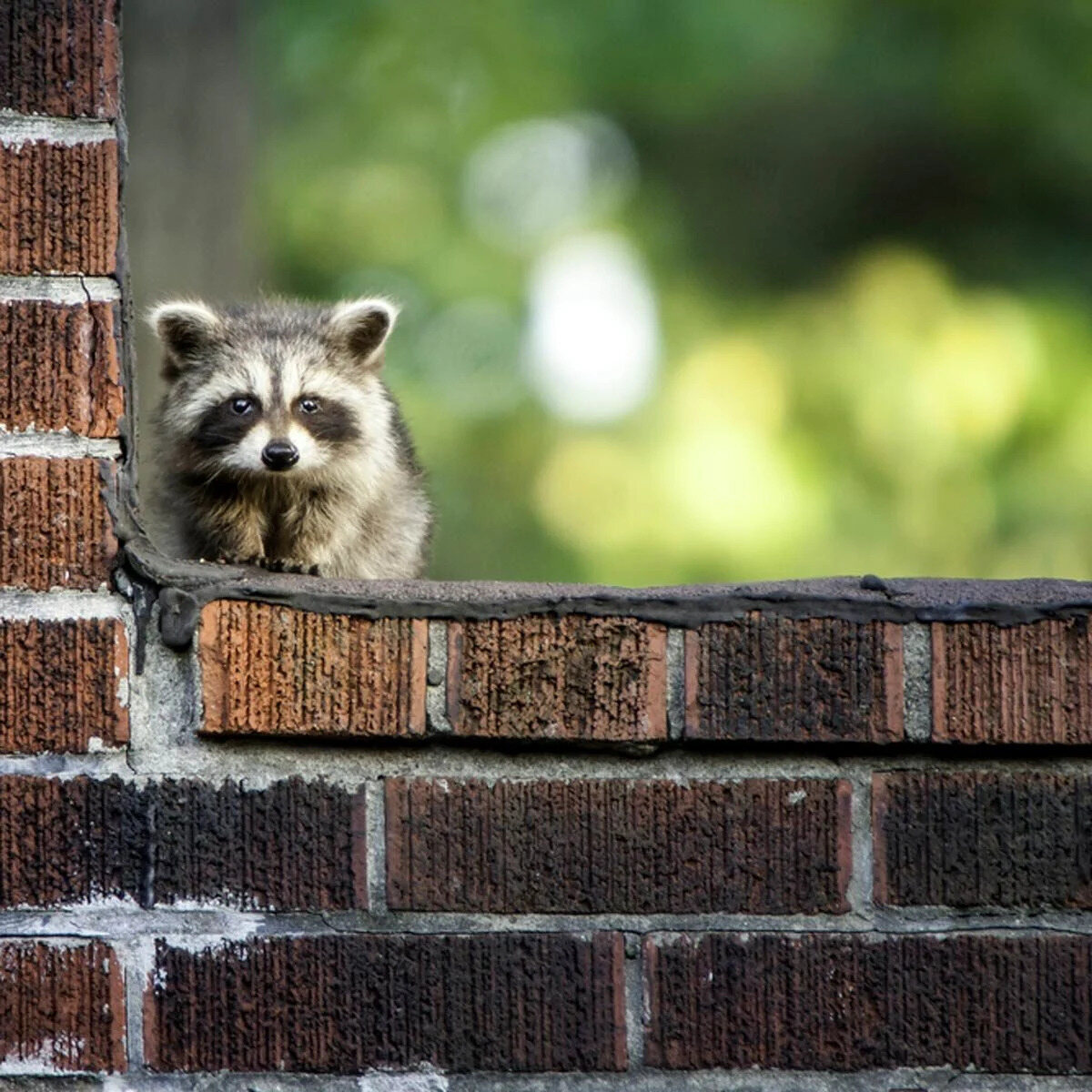
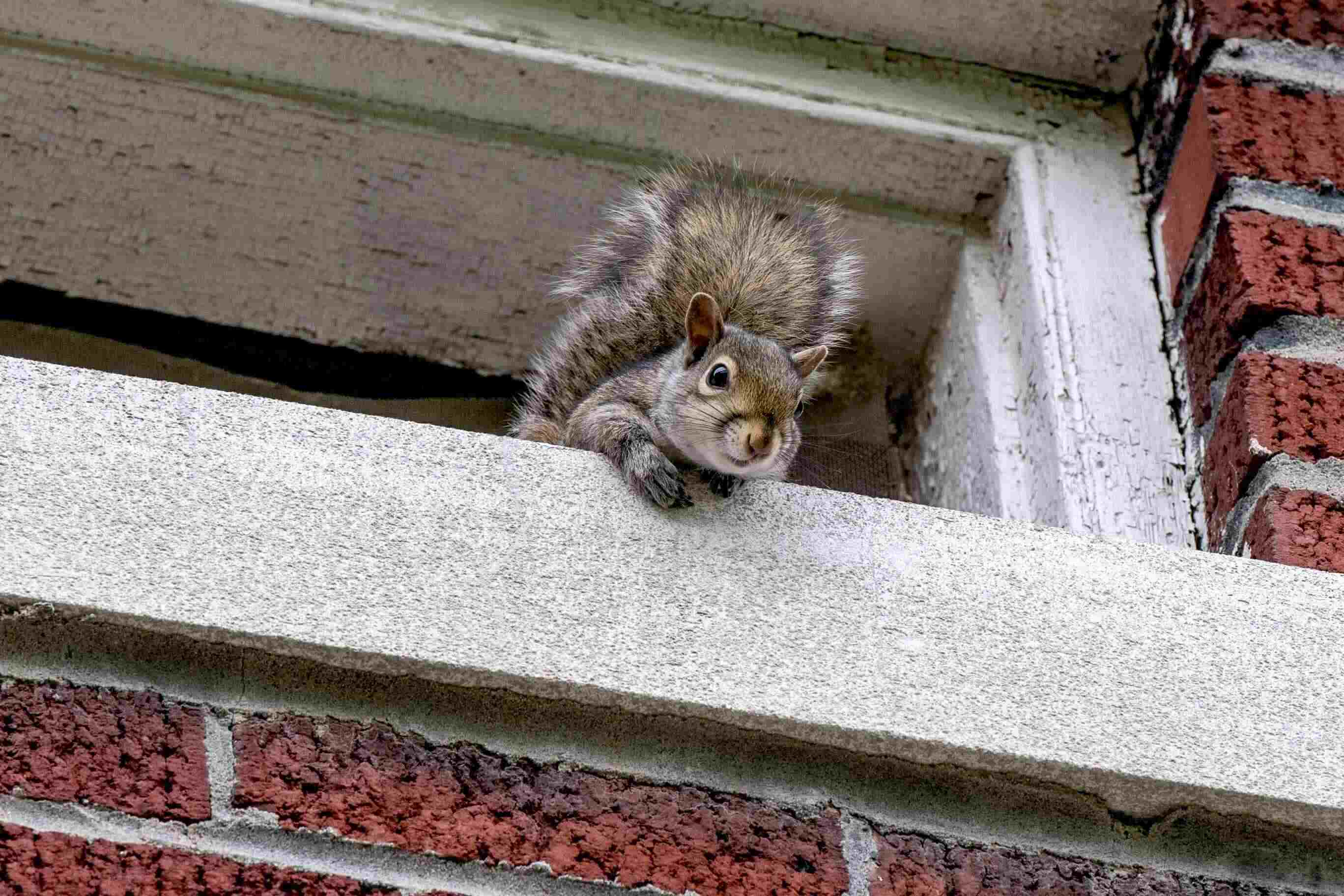
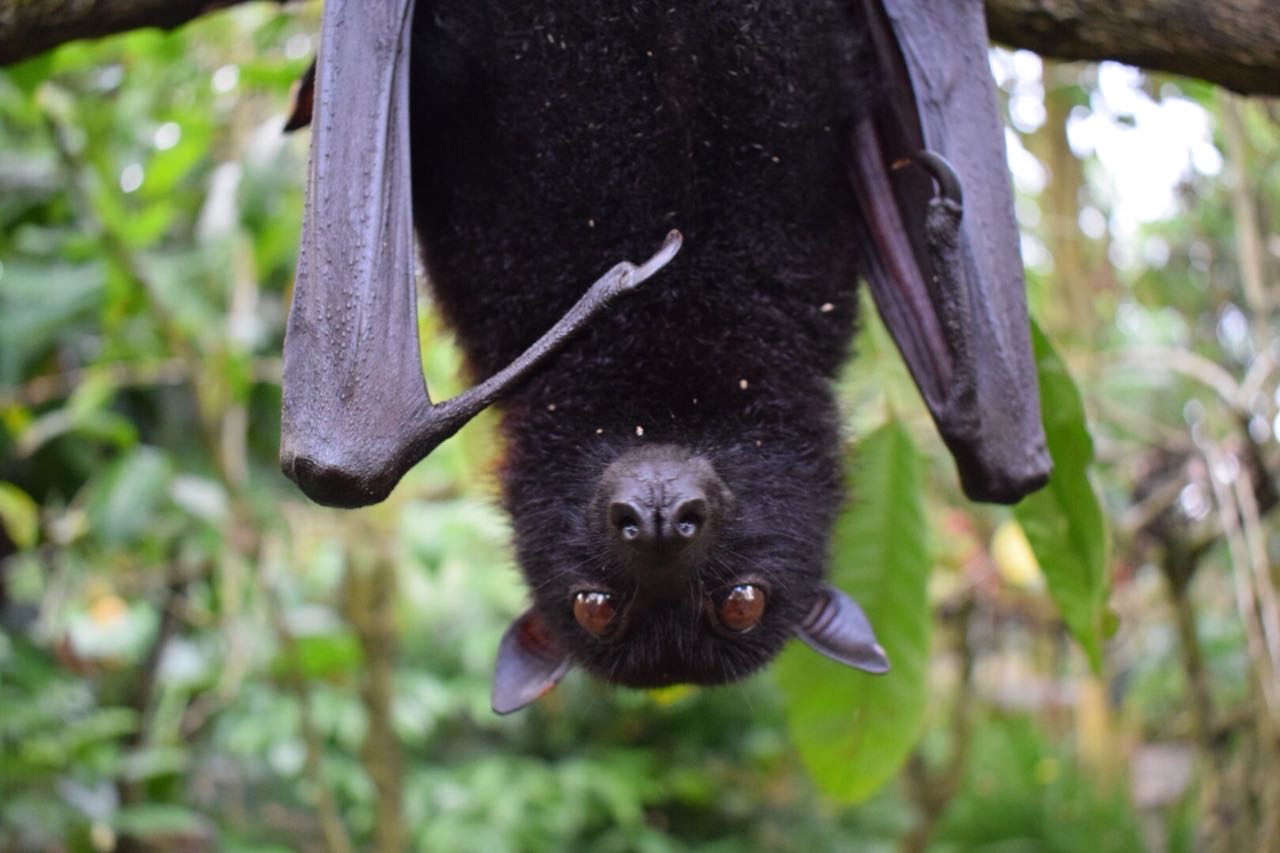
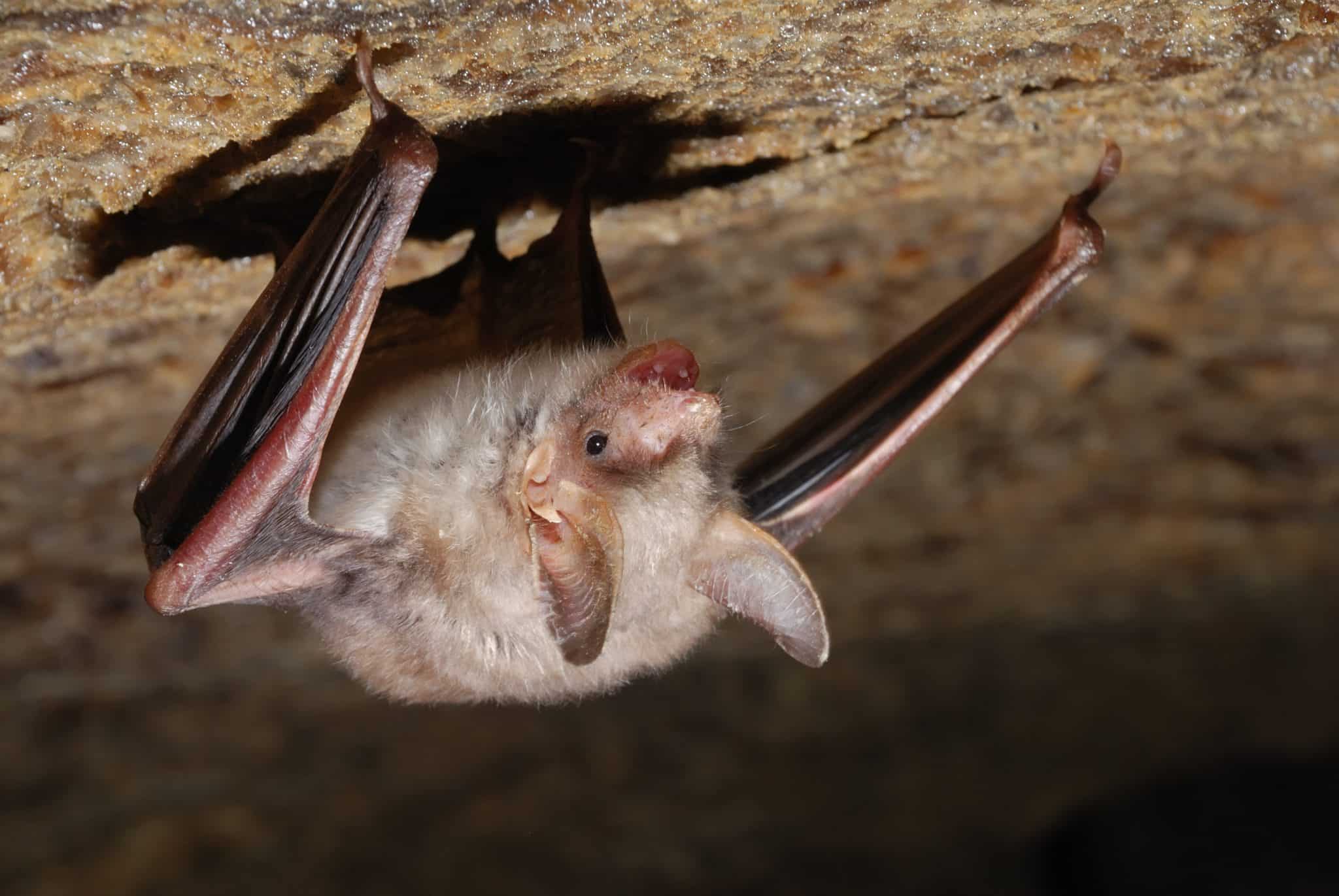
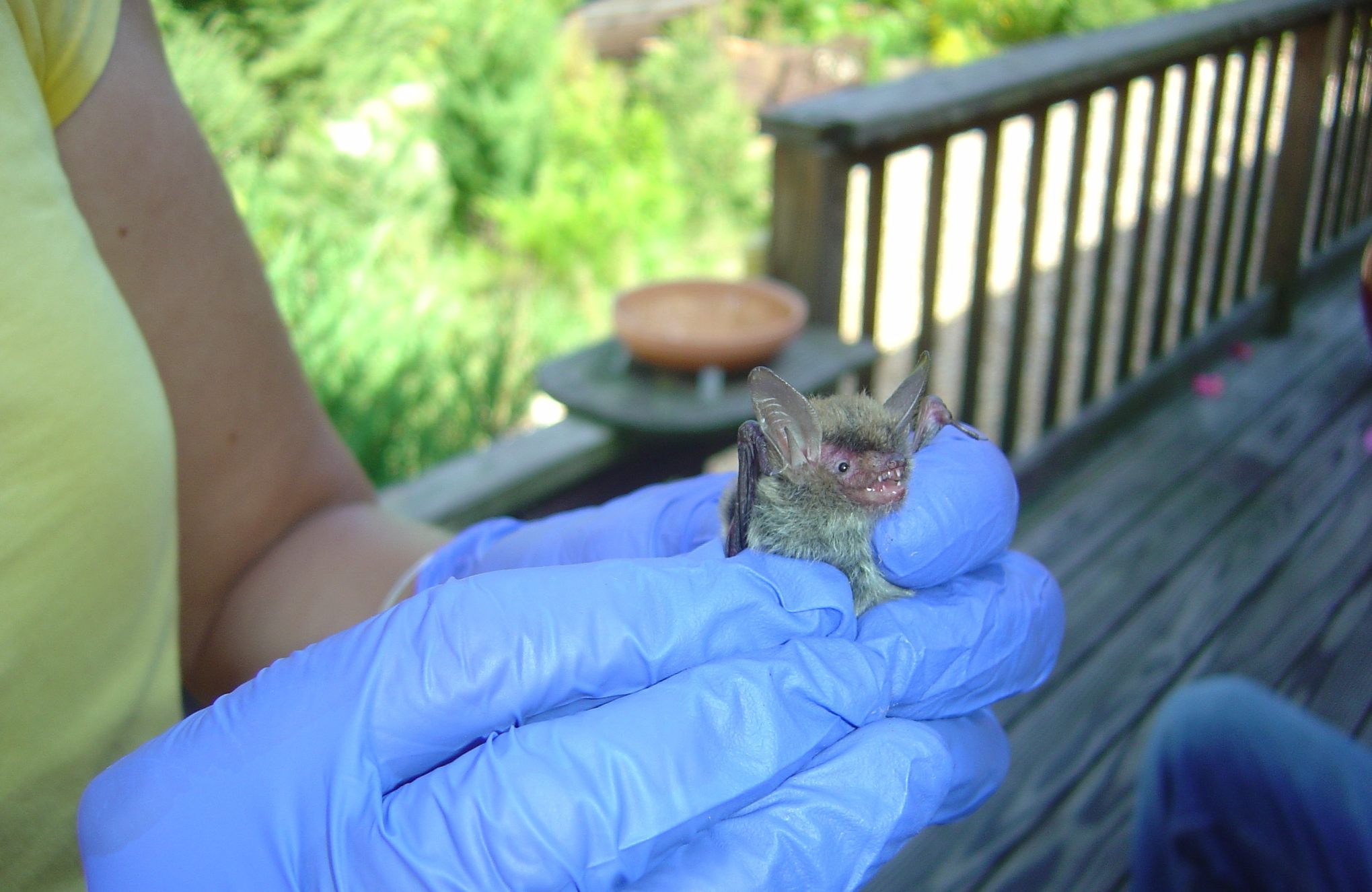

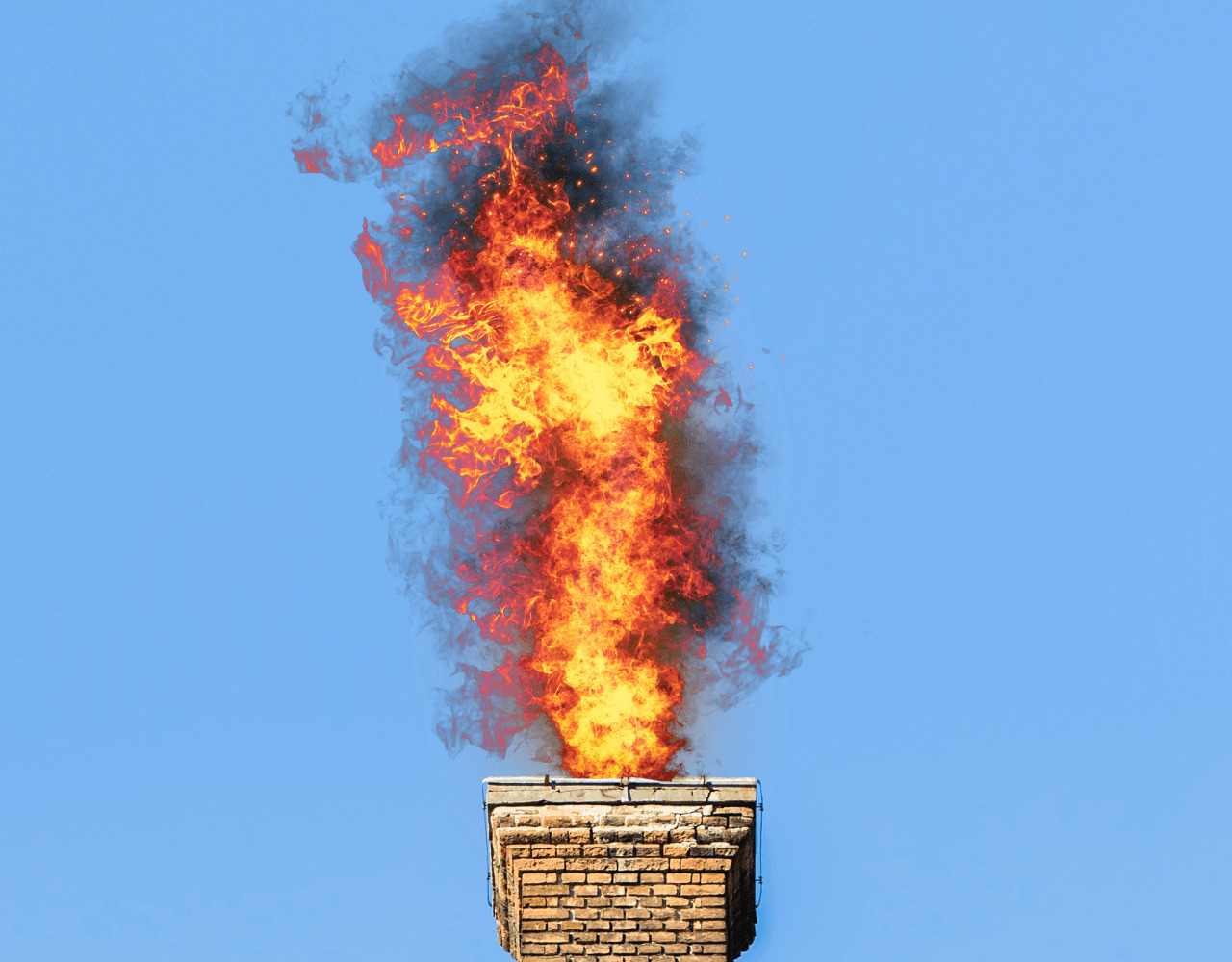
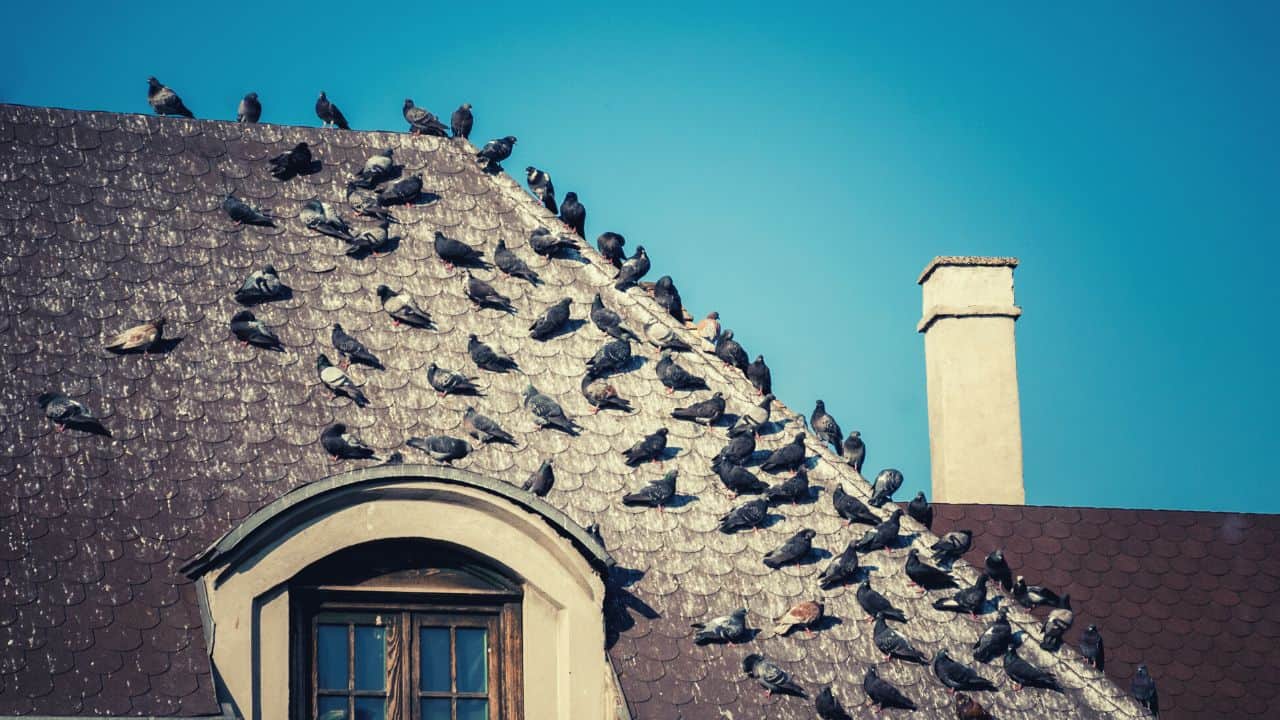
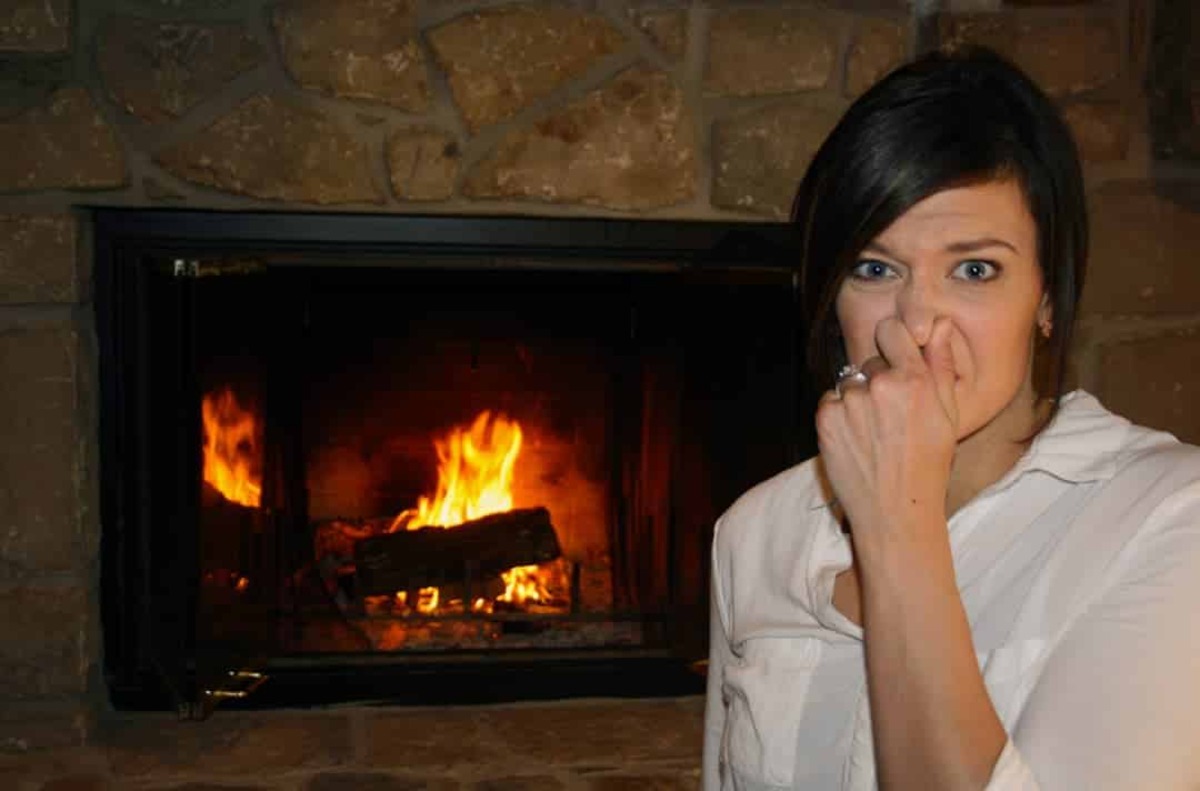

0 thoughts on “How To Get Bats Out Of A Chimney”